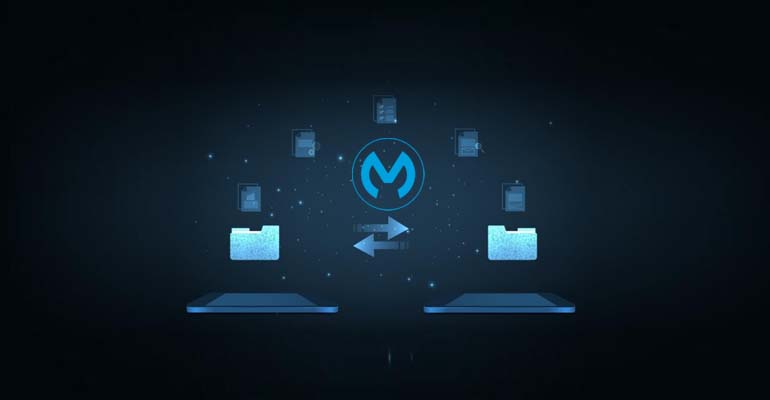MuleSoft is an integration platform that facilitates the connection of various systems and applications. Following best practices in MuleSoft development can help ensure the reliability, maintainability, and scalability of your integration projects. Here are some recommended best practices:
- API-Centric Design:
- Embrace RESTful API design principles, and use tools like RAML or API specifications for clear and consistent interfaces.
- Create modular components to avoid redundancy and encourage reuse.
- Implement design patterns and templates for common integration scenarios.
- Error Handling Excellence:
- Implement robust error handling mechanisms using MuleSoft’s capabilities, such as the Try Scope, to manage exceptions effectively.
- Log errors consistently for effective troubleshooting and monitoring.
- By building robust error-handling mechanisms and consistently logging errors, development teams can proactively identify and address issues, ensuring the reliability and stability of MuleSoft integrations. This approach also streamlines the troubleshooting process and aids in maintaining the overall health of the integration platform.
- Security First:
- Apply security best practices, including OAuth 2.0, to safeguard data during transmission and storage. Implement role-based access controls.
- Secure sensitive information such as credentials and API keys using secure vaults.
- Use HTTPS for secure communication.
- Logging and Monitoring:
- Ensure comprehensive logging for troubleshooting and auditing. Leverage MuleSoft’s monitoring tools to track performance and optimize integrations.
- Implement robust logging to capture relevant information for debugging and monitoring.
- Component Reusability:
- Encapsulate common logic into reusable components and connectors, fostering efficiency and consistency across projects.
- By focusing on component reusability, developers can create more maintainable, scalable, and efficient systems, whether in MuleSoft or other software development contexts.
- Automated Testing:
- Implement automated testing practices, including unit testing and integration testing, using MUnit to ensure the reliability of integrations.
- By incorporating automated testing practices into your MuleSoft development process, you can enhance the quality of your integration solutions, catch issues early in the development lifecycle, and facilitate a smoother and more reliable deployment process.
- Performance Optimization:
- Optimize integration flows for performance by minimizing unnecessary processing and resource usage. Consider using MuleSoft’s batch processing for large-scale data handling.
- By addressing these aspects, you can enhance the performance of your MuleSoft integrations and ensure they meet the requirements of your business processes. Regular monitoring and optimization are key to maintaining optimal performance over time.
- Version Control Usage:
- Utilize version control systems like Git to manage and track changes, applying effective branching and merging strategies for collaboration.
- version control is integral to the development lifecycle of MuleSoft projects, providing a structured approach to managing changes, collaborating effectively, and ensuring the stability and reliability of integration solutions.
- Comprehensive Documentation:
- Maintain thorough documentation for integrations, including data mappings, dependencies, and deployment procedures, using tools like Anypoint Exchange.
- Document APIs thoroughly, including endpoints, request and response formats, authentication mechanisms, and usage examples.
- Comprehensive documentation not only facilitates the development and maintenance of MuleSoft projects but also aids in onboarding new team members and troubleshooting issues effectively. Keep the documentation up to date as the project evolves and changes.
- CI/CD Adoption:
- Implement Continuous Integration and Deployment (CI/CD) pipelines to automate build, testing, and deployment processes, integrating with Anypoint Platform’s deployment features.
- Adopting CI/CD practices is a strategic decision that can significantly improve the efficiency, reliability, and agility of software development and deployment processes.
These practices are foundational for building scalable, maintainable, and secure MuleSoft integrations in 2023. Always adapt these best practices to the specific requirements and context of your projects.









